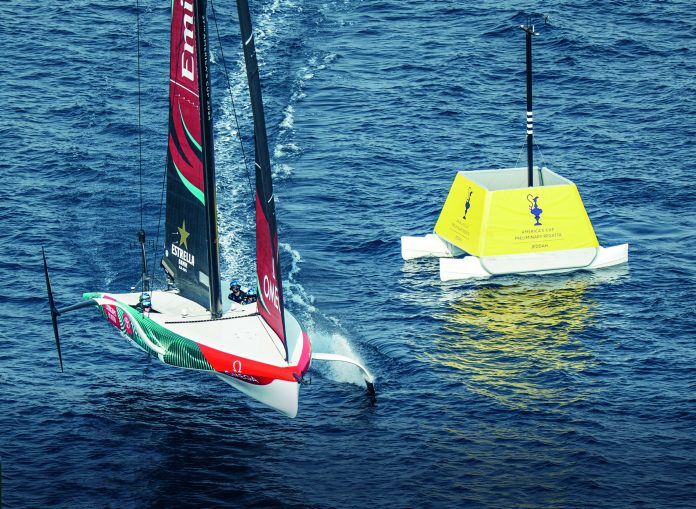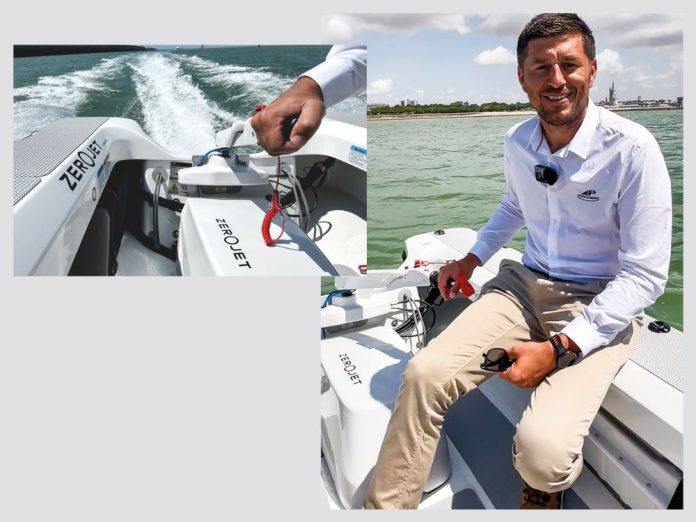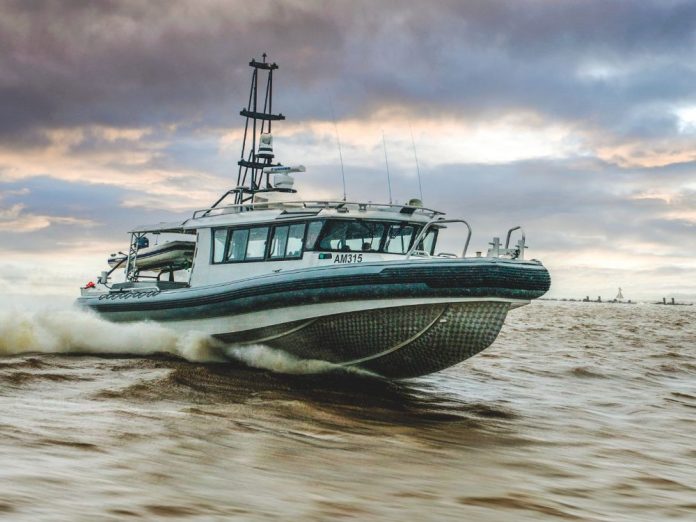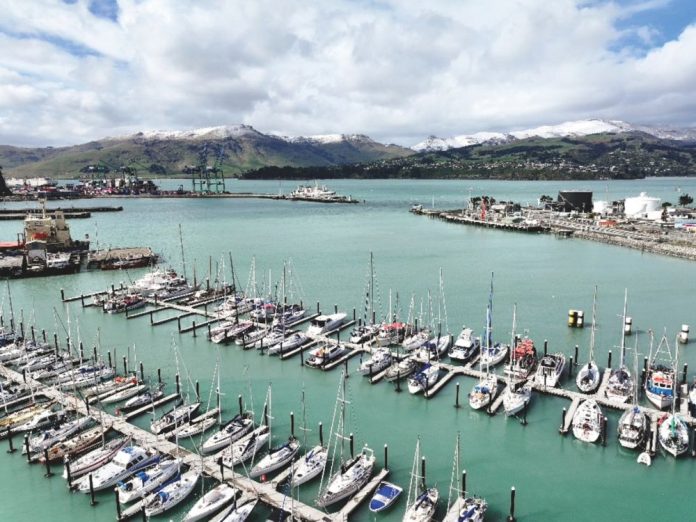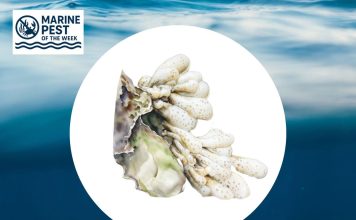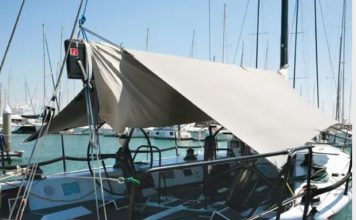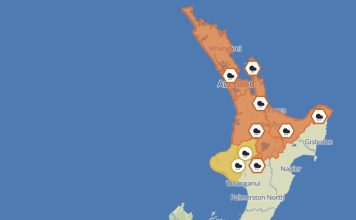Innovation is obvious in our international racing fleets – monohulls, flying on foils, pedal power, new composites, and all the magic that sees us competing as giants in SailGP and the America’s Cup.

Below the surface of these events are the logistics and the challenges inherent in making a race a race. Here’s an example. Critical, but not front of mind when focussed on the battle to round the next marker, is the marker itself. Markers – essentially boats containing electronic windspeed and direction indicators – must be visible and situated as planned, robust, and able to be moved around from venue to venue in shipping containers. Time for some innovation.
But first a story of a need and an invention to meet it. Al Howden always wanted a houseboat he could build himself. He researched using aluminium, recycled barrels and mussel floats – but none met his criteria.
So, he designed a system of rotary-moulded polyethylene pods which could be assembled as long and as wide as required. They were light enough to handle, and rugged enough to deal with weather, rocks and even collisions. ‘Pontoonz’ was born.
After 20-plus years, thousands have been sold around the world, used for houseboats, barges, walkways and jetties, pump and oyster barges, and in many other applications.
This is where Al’s innovations and sailing regattas intersect. Pontoonz boat pods were recognised by America’s Cup, and then SailGP, as meeting all their requirements for marker boats – light, rugged, easy to build and disassemble for transfer to the next arena. They have been utilised as markers by SailGP and America’s Cup since 2017.
Here’s where innovative thinking from our sailing teams comes in again. Problem: moving the markers and keeping them stable – there must be a better way? Now GPS and electric motors maintain accurate positioning of the markers. White ones for America’s Cup Barcelona, and black for SailGP. Keep an eye out for them.








